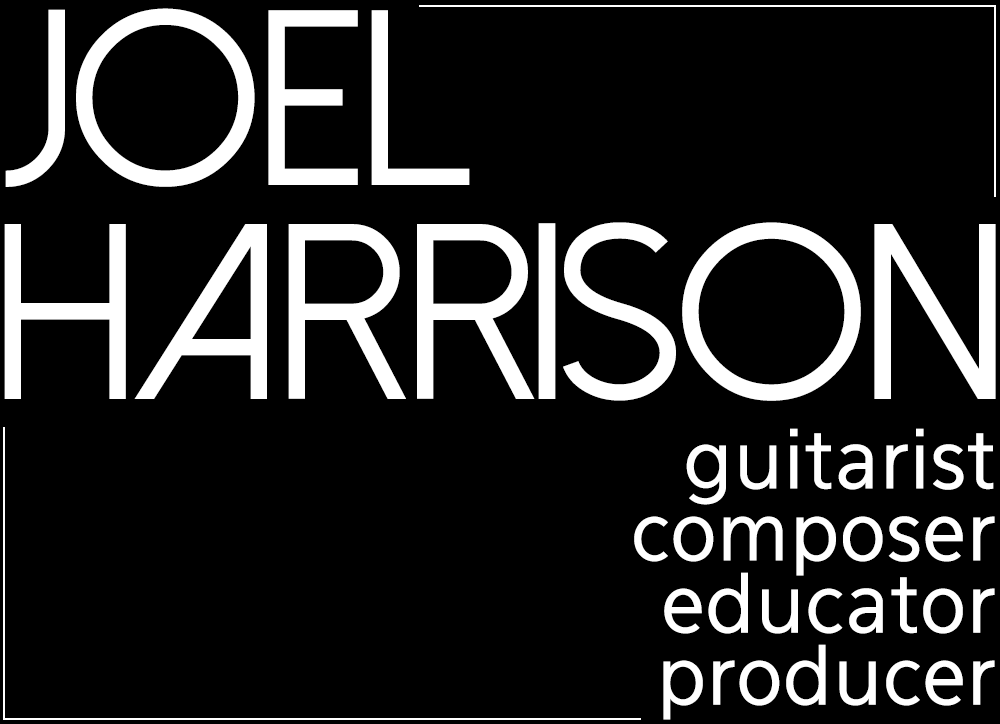You Bring the Rain Composition Blog #5
Using Indian modes to write jazz pieces, and suggest new harmonic pathways.
Many years ago I began what could be described as a somewhat random study of Indian music. I never was a serious student as a player, as I never intended to perform classical recitals, but along the way I recognized a gold mine of information. One of the principal ways that I have tried to incorporate what I have learned is through the use of unusual modes. (Note that for our purposes I am using the term “mode” not raga. Why? Because a mode is, as it were, a blank slate, to be used in any way you wish. Ragas develop from modes, and each has its peculiarities, its primary note (vadi), its secondary note (samvadi), and various characteristic phrases that give it definition of form and feeling. A mode, on the other hand, represents raw material.
Let’s take the mode marwa, which has shown up in a number of my pieces. The pentatonic scale is as follows: 1,b2,maj.3, #4, maj.6, maj7. There are a lot of exotic shapes one can make out of this mode, owing partly to the half steps that surround the root. One of its more intriguing characteristics is that marwa typically avoids the tonic in Indian classical music! As a result If you are in the key of E maj. it can sound as if you are playing in the key of C# major and E major at the same time. We would be tempted to call this bitonality, indicated by a slash chord (C#/E) in typical jazz parlance. Slash chords can be a misnomer for the proper spelling of complex tonalities like this, but let’s leave that subject for another today.
Some interesting chirds that can be taken from this mode are:1,b2, maj 3, or put E in the bass and play an Fsus chord (F,Bb,Eb- actual spelling should be E#,A#, D#).
Obviously this mode can be played over a one chord vamp. You can play it over an E maj7#11, C#maj or C#min., or A#maj 7#11, or A#m7, just to mention a few. There is an interesting “bluesy” sound you get as you go back and forth from the E to F. When you are playing over one chord try adding approach tones to the mode, and you’ll come up with some unusual lines. However, it is also interesting to allow complex modes, whether from India, Indonesia, or from Olivier Messiaen, to suggest harmony. Try moving chords around making the roots follow the mode, for instance: E lydian, F major, G# minor, A# minor, C#major, D#minor. Then turn all major chords (except the E) into minor chords and vice versa. If you play around with these chords you’ll feel some sort of internal motion that is not based on typical cadential harmony. It’s more akin to tunes like Maiden Voyage or Joe Henderson’s Afrocentric, but with its own particular spice. More typical jazz chords, again with E as our root using just the notes of marwa, are C#7#9, Bbsus7, D#sus9, etc.
Let’s take things a step further- when I move from E major to F major I may want to spend some time in the land of “F.” So F lydian can lead me to A minor, and then maybe D minor or G minor. Move to A# minor, which apparently (but not actually) is a world away from the tonic of E, and then towards its relative major (C# major) or perhaps F#maj7, D#m7, or Bmaj7. What about a progression of G#sus7 to Fsus 7 to A sus7 to C#maj7? I can’t say that I am systematic about any of this, but certain principles guide my ear. Strong bass movement is important- in a sense the harmony is its own melody. Harmony, to me, always feels like a journey, where a stop along the way can feel reassuring, somewhat surprising, or delightfully weird. If you use the marwa mode to connect the above chords in your own way, your ears may open to new harmonic pathways. Part of the fun is to leap across tone centers. Find a way to connect F major and C# major, or E lydian and A# lydian.
Here is a tune of mine that does some of this called You Bring the Rain: I recorded this on Harbor. Nguyen Le (guitar) and Dave Binney (sax) take great solos. You can find this tune on my website or itunes. Note that what I did was to take marwa and add an “A” to it. This allowed even more colorful possibilities. The funny thing about this is that way back I thought someone told me that this was an existing Indian mode. Recently I asked my friend Anupam Shobhakar about this and he assured me I made up this mode myself, however inadvertently. Well- good! It worked out.
NOTE: Nothing that I am discussing here has much at all to do with making ACTUAL Indian music. Please remember this caveat.
Assignment: make up your own mode, based on taking something that exists and adding a note. Make a new piece- does it have a particular character that makes it stand out?
